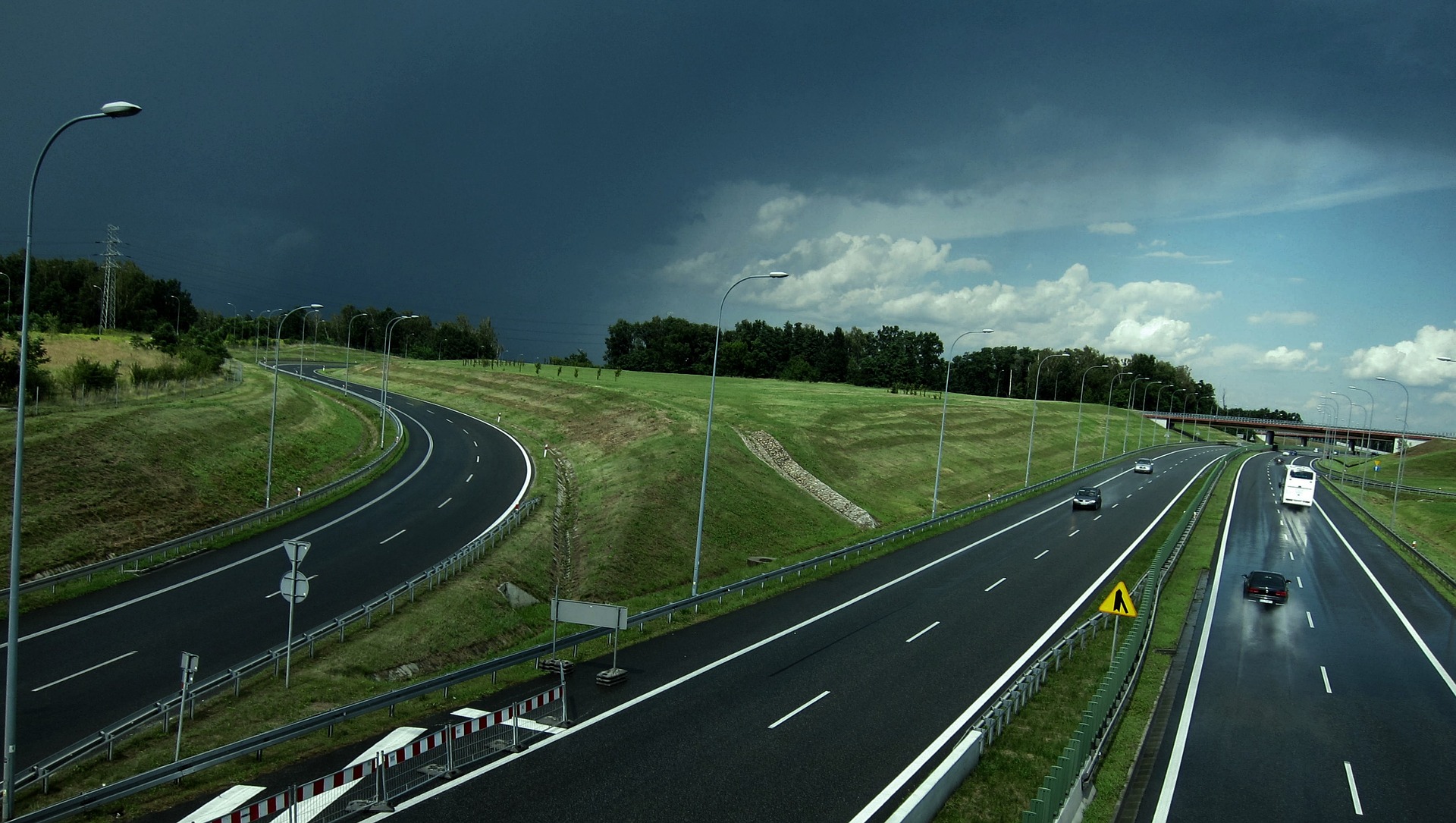
Poland: Metropolitan Area’s Transport and Mobility Strategy until 2030
By Marco Mazouzi, Marian Cihon, Pawel Warszyck
The Metropolitan Area’s Transport and Mobility Strategy sets goals and the priority of actions into perspective with a time horizon until 2030, taking into account local, regional, national and EU strategic documents on transport policy and socio-economic and spatial development as an important dimension conducting interventions in the field of cohesion policy.
STIM in the main part presents the overall concept of transport development for the Gdańsk-Gdynia-Sopot Metropolitan Area including:
1. A detailed report on surveys concerning transport behaviour residents of the Metropolitan Area (MA) and traffic measurements and filling public transport vehicles
2. A diagnosis of the transport system in MA
3. The Program of Metropolitan Transport Development 2014 - 2020,
4. A travel model for the MA
5. An analysis of the development possibilities of the transport system of the MA
6. A strategic environmental impact assessment of the Transport and Mobility Strategy Metropolitan Area until 2030
The Strategy applies only to these aspects and transport services that potentially have a strategic and metropolitan nature. The objectives, principles and activities included in the Strategy relate to:
- joint initiatives undertaken or supported by MA self-governments, covering at least two municipalities
- organisational and investment tasks that are a continuation of those started before 2020 or new, based on the principles of a modern approach to the development of transport and using the latest technologies
- mobility by means of individual and collective transport, road, rail, water and air, as well as forms of active mobility
The main goal is to improve transport services through the implementation of investments and improve transport management throughout the MA by organisational and planning-design work. The document identifies many activities towards the implementation of the policy (Metropolitan Area Transport Development Program in Perspective 2014 – 2020):
- road, railway and waterway infrastructure development
- implementation of an integrated public transport management system (by bus and rail)
- extension of the Gdańsk tram network
- purchase of public transport vehicles
- adaptation of transport infrastructure to the needs of people with disabilities
- extension / modernisation of trolleybus lines in Gdynia and Sopot
- integration of dynamic information into public transport
- improvement of the bicycle infrastructure
- construction of off-road regional bicycle routes
- creation of a metropolitan bicycle system
The Metropolitan Area’s Transport and Mobility Strategy until 2030 was adopted in 2015 and is currently being implemented.
Mobility Plan for Olsztyn Functional Urban Area 2025 (MPOFUA)
The document addresses transport problems resulting from the functional linkages between the core and the hinterland. It specifies how the public transport system will be developed and changed to promote sustainable mobility in its whole functional area. The focussed areas of intervention include:
- Urban-rural linkages – e.g. key roles of transport hubs (especially passengers interchanges) with emphasis on intermodal aspects, integration of municipal transport systems (ways of co-operation between different levels of public administration responsible for the transport services), solving of commuting problems (i.e. parking policy, possibilities for municipal railway development)
- Ticketing – plans for integrated ticket offers and a better ticketing system in the whole functional area,
- Information system – further development of integrated passenger information system (ITS).
The main objectives of the MPOFUA are:
- Equal transport opportunities for everybody in the functional urban area
- Promoting the alternative modes of transport - environmentally friendly
- Spatial integration of different modes of transport for better interchanges
- Higher safety level in transport, reduction of air pollution and excessive noise
- Reduction of greenhouse gases and energy consumption
- More efficient transport of goods and people
- Harmonious urban development including proper transport accessibility for citizens and other users
- Higher attractiveness of the functional urban area: a good place to live
Targets:
- Less CO2 emission
- Reduction of road congestion
- Higher percentage of urban public transport users
- Easy travels in the urban functional area
- Higher safety and quality of life for citizens
- Reduction of traffic in the city centre
- Traffic calming in residential areas
- Development of public spaces at the city
The MPOFUA was adopted on 27 September 2017 and the implementation period spans until 2025.
